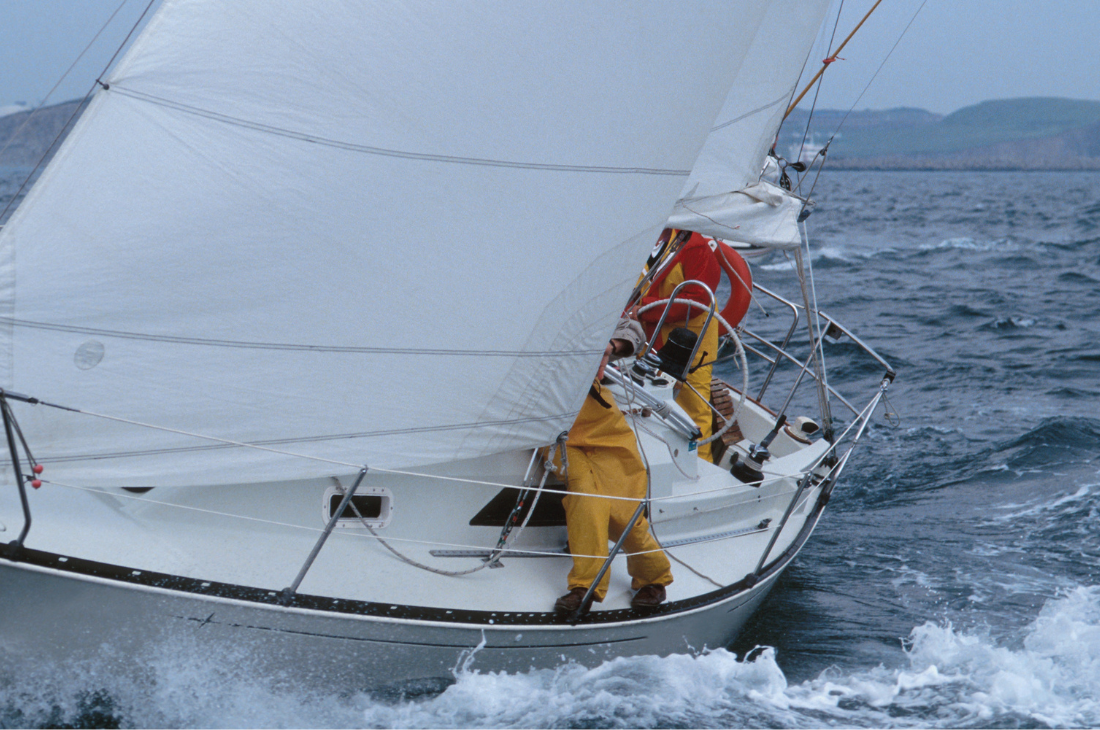
Essential Safety Precautions for Boating in Inclement Weather
Boating can be a thrilling and rewarding experience, but when faced with inclement weather, it can quickly turn dangerous. Stormy seas pose significant risks to boaters, including high winds, rough waves, and reduced visibility. To ensure your safety and the safety of those onboard, it's essential to be prepared and take appropriate precautions when boating in adverse weather conditions. Here's your guide to essential safety measures for navigating stormy seas.
Understanding Weather Forecasts
Before heading out on the water, it's crucial to check the weather forecast for your boating area. Pay attention to forecasts for wind speed, wave height, precipitation, and any storm warnings issued by the National Weather Service. Be aware that weather conditions can change rapidly, so stay informed throughout your boating excursion and be prepared to alter your plans if necessary.
Creating a Float Plan
A float plan is a vital safety tool that outlines your boating itinerary and provides important details about your vessel and passengers. Before setting sail in inclement weather, file a float plan with a trusted friend or family member, detailing your intended route, departure and arrival times, and emergency contact information. In the event of an emergency, rescuers will have valuable information to aid in search and rescue efforts.
Inspecting Your Vessel
Before venturing out into stormy seas, thoroughly inspect your vessel to ensure it's in good working condition. Check all essential systems, including the engine, navigation lights, bilge pumps, and safety equipment such as life jackets and distress signals. Address any maintenance issues or mechanical problems before departing to avoid complications while at sea.
Equipping Your Vessel
In addition to ensuring your vessel is properly maintained, it's essential to have the necessary safety gear onboard in case of emergencies. This includes life jackets for all passengers, a throwable flotation device, a first aid kit, a fire extinguisher, a whistle or horn for signaling, and a marine radio or satellite phone for communication. Consider investing in additional safety equipment such as a GPS navigation system, radar, and an EPIRB (Emergency Position Indicating Radio Beacon) for added peace of mind.
Monitoring Weather Conditions
Once underway, continue to monitor weather conditions and stay informed about changing forecasts. Keep a weather radio or smartphone with a weather app onboard to receive updates while at sea. Pay attention to signs of deteriorating weather, such as darkening skies, increasing wind speeds, and roughening seas, and be prepared to take action if conditions worsen.
Navigating Stormy Seas
When navigating stormy seas, it's essential to maintain a steady course and keep your vessel under control. Reduce your speed to minimize the impact of rough waves and maintain a safe distance from other boats and hazards. Keep a sharp lookout for floating debris, submerged objects, and other vessels, and be prepared to alter your course to avoid collisions.
Seeking Shelter
If conditions deteriorate rapidly or become unsafe, seek shelter in a protected harbor or anchorage until the weather improves. Be aware of nearby marinas, harbors, or designated storm shelters where you can take refuge if necessary. Avoid attempting to outrun or navigate through severe storms, as this can increase the risk of capsizing or swamping your vessel.
Communicating with Authorities
In the event of an emergency, it's essential to communicate with authorities and request assistance if needed. Use your marine radio or satellite phone to contact the U.S. Coast Guard or local harbor masters and provide details about your situation, location, and the number of people onboard. Stay calm and follow their instructions carefully to ensure a safe and timely rescue.
Returning to Port
Ultimately, the safety of you and your passengers should always be the top priority when boating in inclement weather. If conditions become too hazardous or unpredictable, don't hesitate to return to port and seek shelter until the weather improves. Trust your instincts and err on the side of caution to avoid putting yourself and others at risk.
Key Takeaways
Boating in inclement weather presents unique challenges and risks, but with proper preparation, vigilance, and adherence to safety precautions, you can navigate stormy seas safely and confidently. By understanding weather forecasts, creating a float plan, inspecting and equipping your vessel, monitoring weather conditions while boating, navigating safely, seeking shelter when necessary, communicating with authorities, and knowing when to return to port, you can enjoy the thrill of boating while prioritizing the safety of yourself and your passengers.
